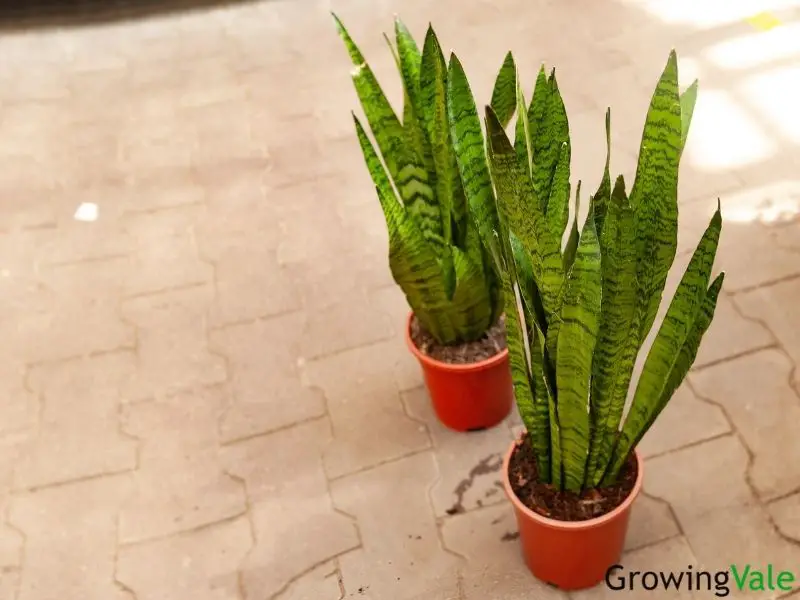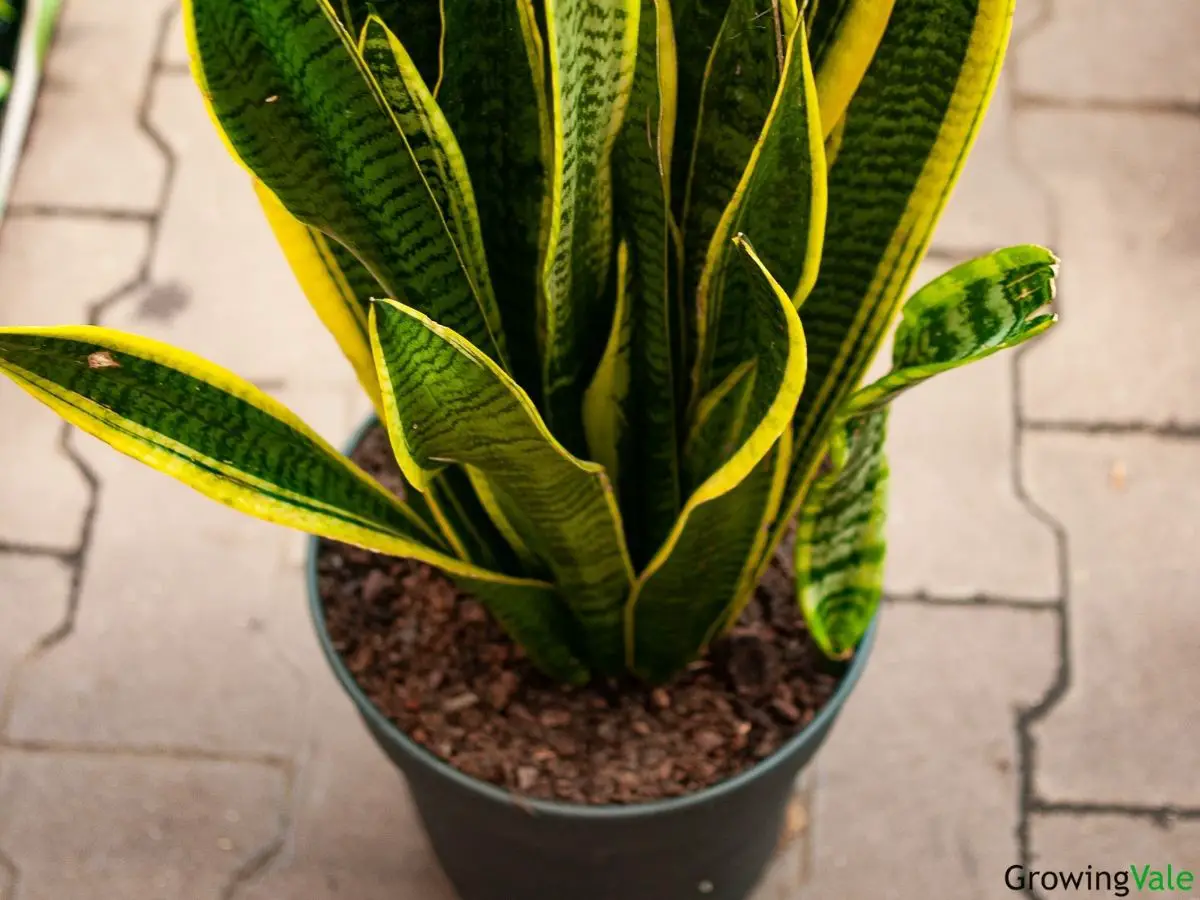The survival, rate of growth, leaf spread, and flowering capacity of Dracaena trifasciata depend on the quality of its soil. As a succulent species, this plant has a root system that is highly sensitive to moisture. Although it is known for being one of the hardiest houseplants out there, a soil mix that traps water can lead to its unfortunate demise.
The ideal soil mix for mother in law’s tongue species and its cultivars should mimic that which is found in its natural environment. This can be tweaked to ensure that the plant receives all its requirements from an indoor or outdoor placement. Regardless of where the plant is, however, the phrase to remember when it comes to soil is “well-draining.”

Choosing The Best Soil for Snake Plant
Countless variations of succulent soil mixtures are now available on the market. From organic to industrial grade potting mixes, there’s a soil composition to meet the needs of every plant, depending on ambient conditions.
If you intend to raise your snake plant in a temperature-regulated indoor setting, the porousness of both your soil and pot are keys to success.
Sterilized Soil
You can make use of garden soil as the base component of your potting mixture. To make sure that the root system or exposed cuttings become established without risk of disease, the soil should be sterilized and any pests should be removed.
Compost/Vermicast
To increase the nutrient concentrations in the soil mixture, a small amount of compost or vermicast can be added. Keep in mind that compost tends to trap moisture, so do not use a generous amount. If the snake plant will be situated outdoors and in a dry area, you can add more compost as moisture evaporation rates would be higher.
Pumice
To increase the porousness of the potting mix, throw in some pumice and distribute the particles evenly throughout the mixture. If unable to find this ingredient, you may opt for perlite. This is a lighter, cheaper alternative that should work just as well.
Sand
This component mimics that found in D. trifasciata’s natural habitat most. To ensure that there are no potentially harmful additives, try to look for crushed gravel, horticultural sand, or lime-free builder’s sand.
Formulation
Two parts soil, two parts sand, one part pumice, and one part compost should sum up into a thoroughly well-draining mixture. If you aren’t able to find these individual components, look for a succulent potting mix and blend this with a regular houseplant or garden mix. To add aeration and prevent soil from becoming too packed, you may opt to include peat moss into your mix.
Soil Parameters
Snake plant thrives best in slightly acidic soil with pH levels ranging from 5.5-7.0. Under optimal ambient conditions, the topsoil should ideally dry up within the first day or two of watering your plant. Avoid using soil toppings to prevent trapped moisture.
FAQ
Can you grow a snake plant without soil?
You can use clean water instead of a potting medium to get your plant to produce roots. However, it would benefit from being potted in an appropriate soil mixture after 2-3 months.
What is the best pot or planter for a snake plant?
To prevent the substrate from holding too much water, it is advisable to use clay pots with a hole on the bottom. Attractive ceramic jars or pots may be tempting to use for your plant. Either use these as catch pots (around the principal pot) to collect excess water or drill holes along the bottom for proper drainage.

